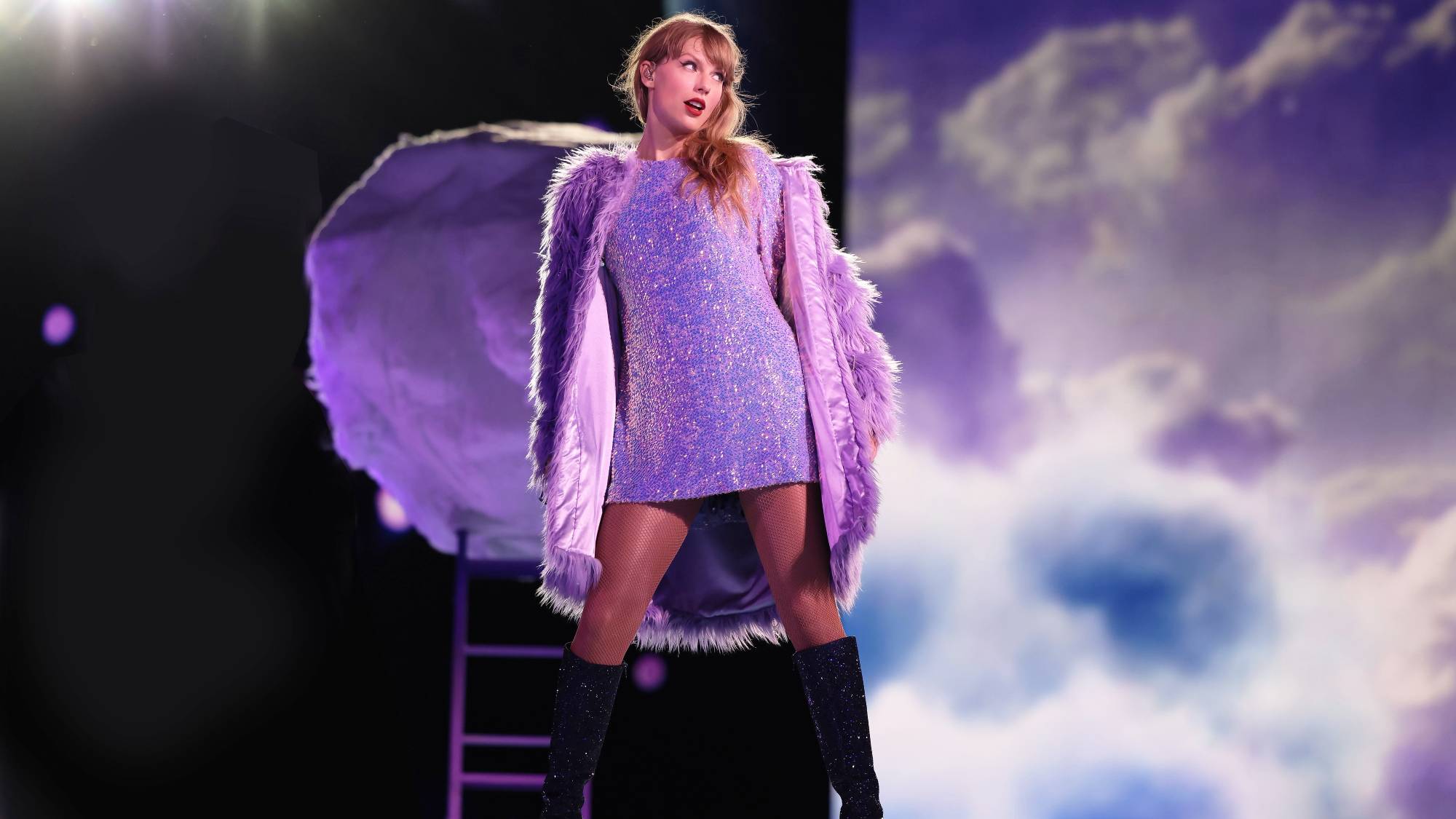Motorola and Verizon's 5G Neckband could fix the biggest problem with VR headsets

Motorola and Verizon just announced a new wearable device that could fix VR’s biggest problem. The "5G Neckband" aims to alleviate headset weight by supporting necessary connectivity and battery components in a paired collar.
The 5G Neckband is a corded, pendant-like device meant to offload much of existing VR headset computing parts while introducing a 5G antenna to empower portable VR experiences. “We’re making 5G wearable,” said vice president of technology at Verizon Brian Mecum to Engadget.
According to Engadget, the neckband’s central pendant measures 2.1 x 3.8 inches, weighs 3.5 ounces and is powered by a Snapdragon 8 Gen 1 processor. It features a 5,000mAh battery as well as a touchpad and several motion sensors. In addition to the 5G antenna, the device has a SIM card slot, setting it up for mobile use. (Although I’m not sure how I feel about rocking the chunky lanyard-like accessory outside of my living room. Sorry, It’s giving college freshman vibes.)
Engadget also reports the 5G Neckband has a “trapezoid-shaped module” on the back that weighs 2.6 ounces and houses an additional antenna and stereo loudspeakers. The back module and front-facing pendant are apparently connected by coaxes and signal lines.
Even the best VR headsets like the Oculus Quest 2 (or Meta Quest 2, whatever) struggle with battery life and comfortable long-term wear. The $99 Oculus Quest 2 Elite Strap attempts to extend battery life with a built-in power bank, but perhaps at the expense of comfort. Added weight on one’s head remains a major issue in making VR headsets mainstream.
But it’s not just VR headsets the 5G Neckband is made to complement. It’s also an intended compassion for mixed reality glasses. In fact, the headpiece shown in the 5G Neckband images is Lenovo’s ThinkReality A3 smart glasses. Lenovo is Motorola’s parent company, perhaps setting the phone maker up as an optimal partner in the VR/AR space for Verizon’s mmWave 5G network.
Though I think we’re still some ways away from headsets and smart glasses altering our relationship with reality. Of course the rumored Apple mixed reality headset is threatening to change that with what will no doubt be practical applications and deep integration with Apple’s existing devices. I’m hoping it runs Apple Fitness Plus so I can take the service’s workout classes in VR, but again, I’d worry about the headset weight compromising my form or stamina.
Get instant access to breaking news, the hottest reviews, great deals and helpful tips.
I can imagine transferring the weight to a more stable part of my body, such as my neck and shoulders as Motorola and Verizon’s VR headset proposes. I suppose it’s better than a fanny pack, though it’s hard to say which would look more stylish in the metaverse.

Kate Kozuch is the managing editor of social and video at Tom’s Guide. She writes about smartwatches, TVs, audio devices, and some cooking appliances, too. Kate appears on Fox News to talk tech trends and runs the Tom's Guide TikTok account, which you should be following if you don't already. When she’s not filming tech videos, you can find her taking up a new sport, mastering the NYT Crossword or channeling her inner celebrity chef.
